Did you know that on our planet there is a palm tree that seems to be "walking" on its own? No, it's not a joke, it's scientific confirmed fact. 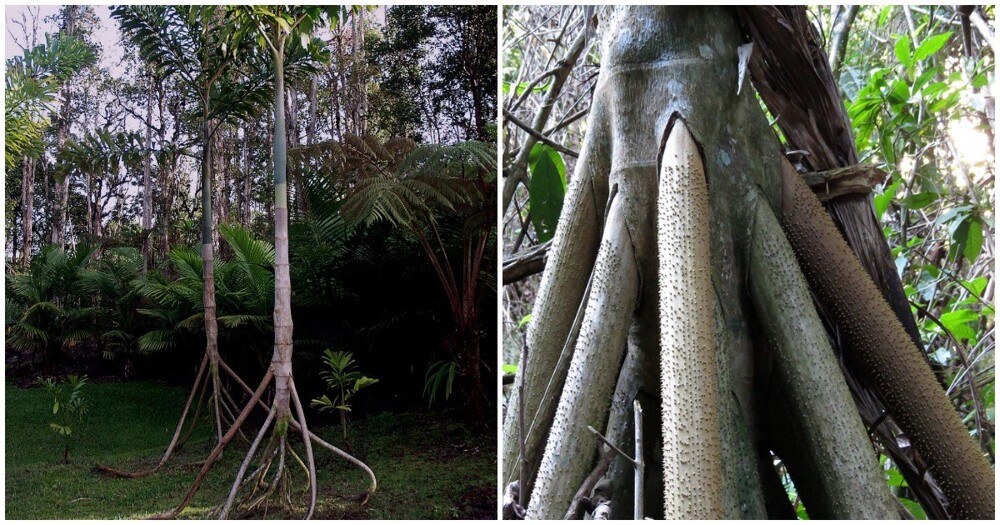
So, look at Socratea naked-rooted (Socratea exorrhiza) - popularly called the "walking" palm because of its amazing roots that crawl out above the ground and resemble legs or even shelters of local residents. 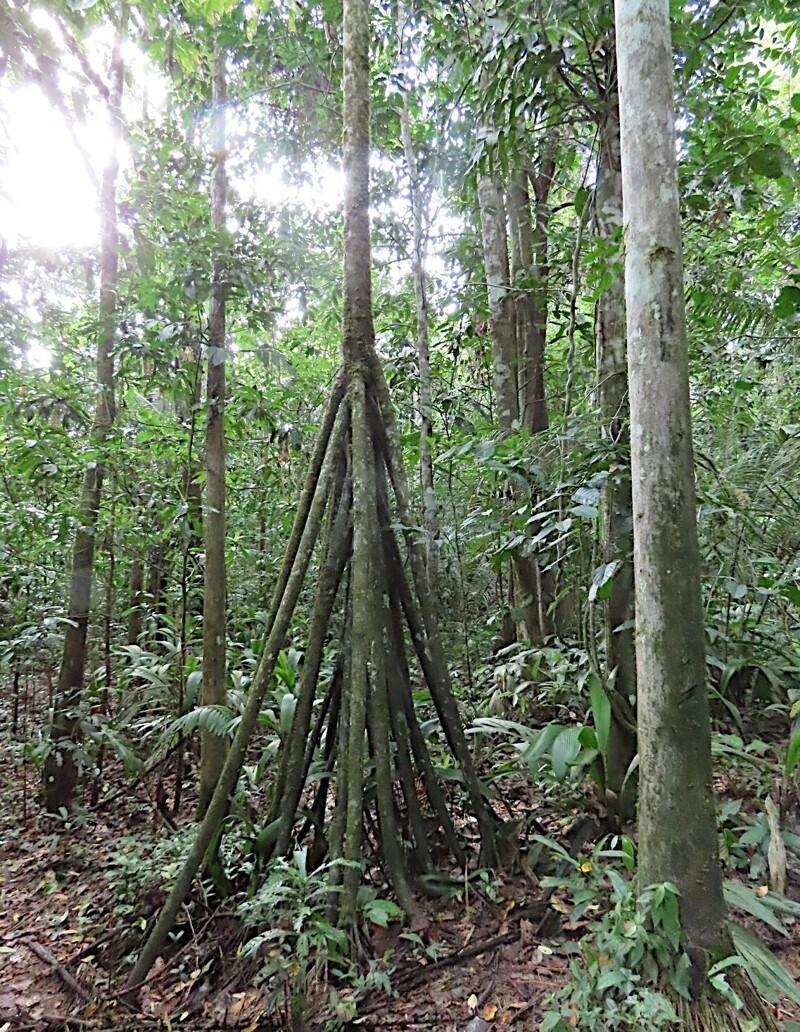
Although, in fact, this palm tree does not walk and has only the appearance of a tree with bizarre "limbs", still remains wondering why she has such a feature. There are two main hypotheses. 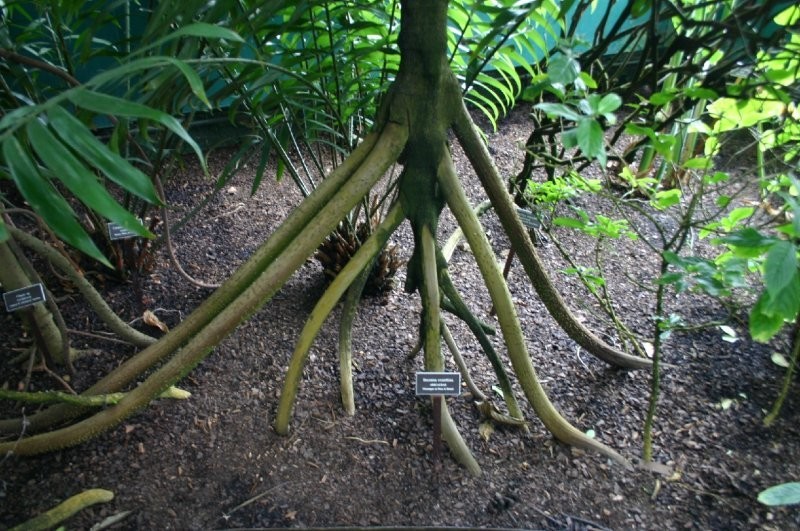
The first hypothesis says that these roots can serve as "piles" during the rainy season when the area is flooded. After all, a palm tree grows in the tropical rainforests of South America, and this hypothesis has its own logic. But studies have shown that the palm tree does not grow on swamps and thrives quietly even in areas that have never been are flooded. 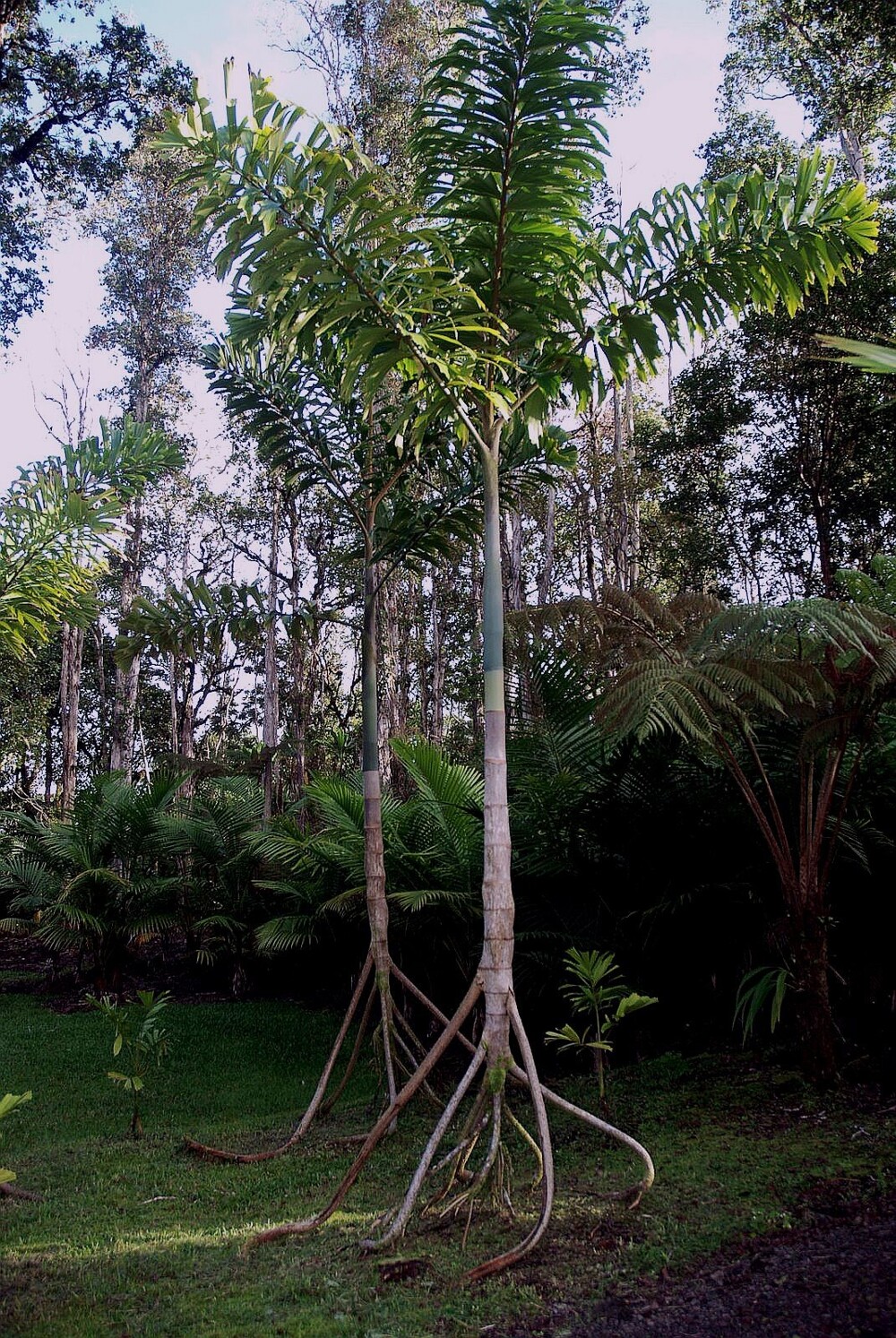
A more elegant conjecture was proposed later, and here it is it's about sunlight. But not the light itself, but about the struggle for it. How are you, certainly, you know, one of the key components of photosynthesis (along with water and carbon dioxide) is light. There is a constant struggle in the forest for access to the world.
According to this hypothesis, thanks to such "supports" the palm tree does not it is imperative to develop a massive trunk in order to achieve significant height. In the race to the sun, when you need to get ahead of the competition, it's significantly saves time and resources, allowing the palm tree to grow faster their rivals. 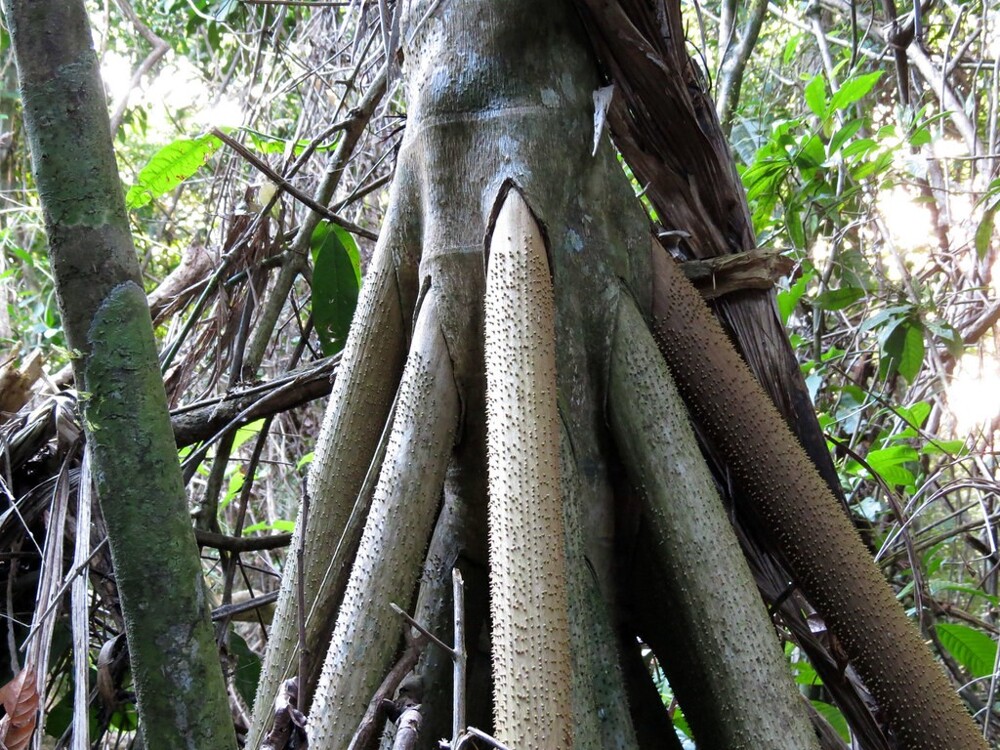
The locals of this region are very fond of this palm tree. Her the fruits are edible, the wood is used to build dwellings, and the leaves great for awnings. Archaeologists have discovered the remains ancient dwellings in which imprints of palm leaves have been preserved, which indicates that people made friends with this "walking" palm tree in the stone age.
Add your comment
You might be interested in:
























